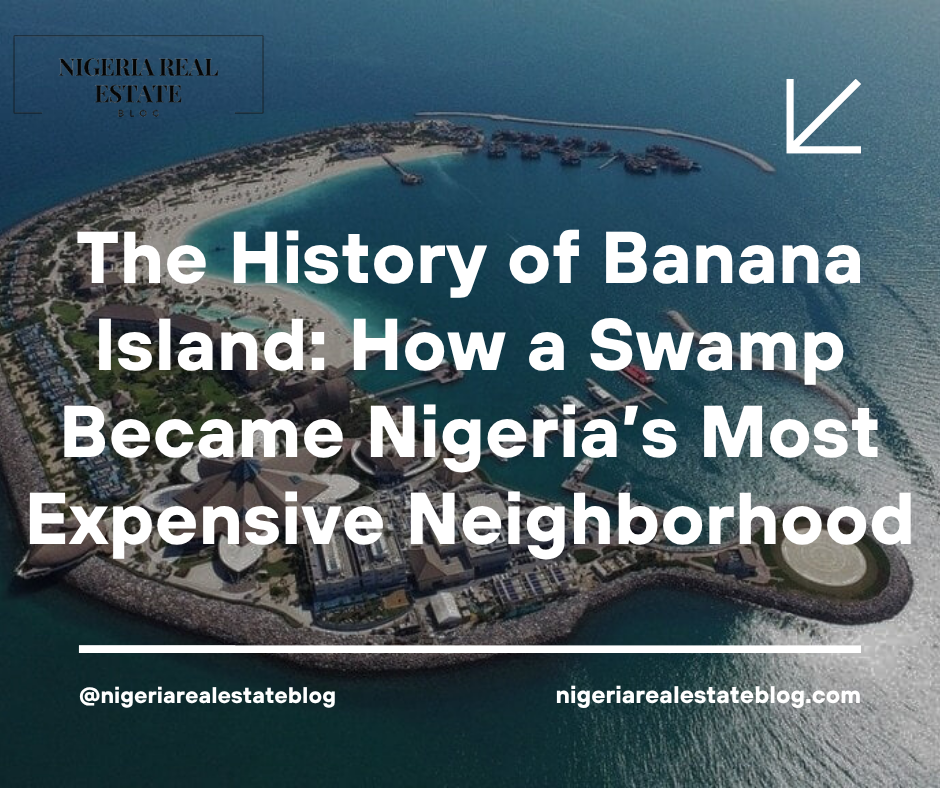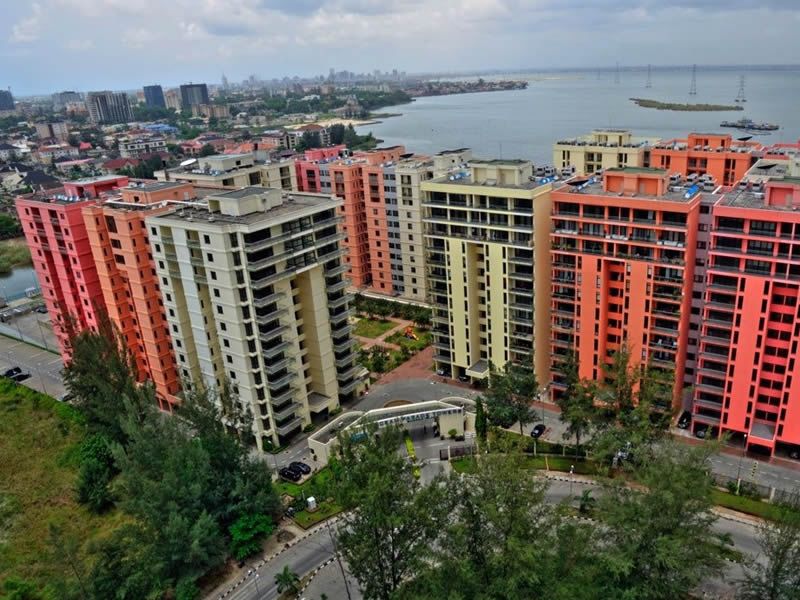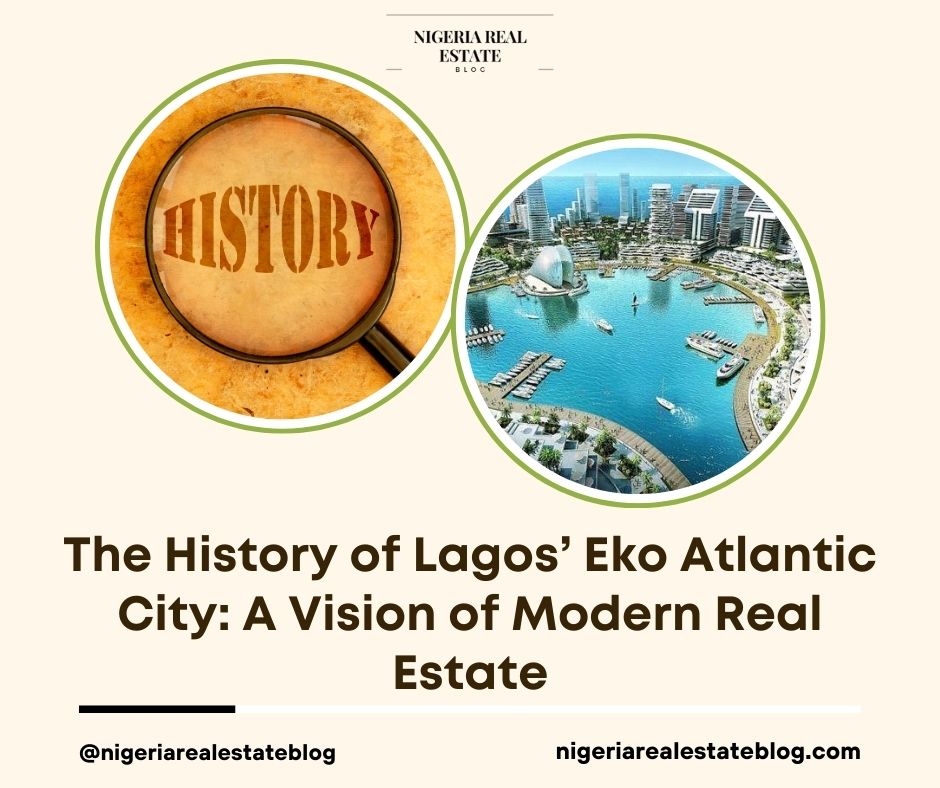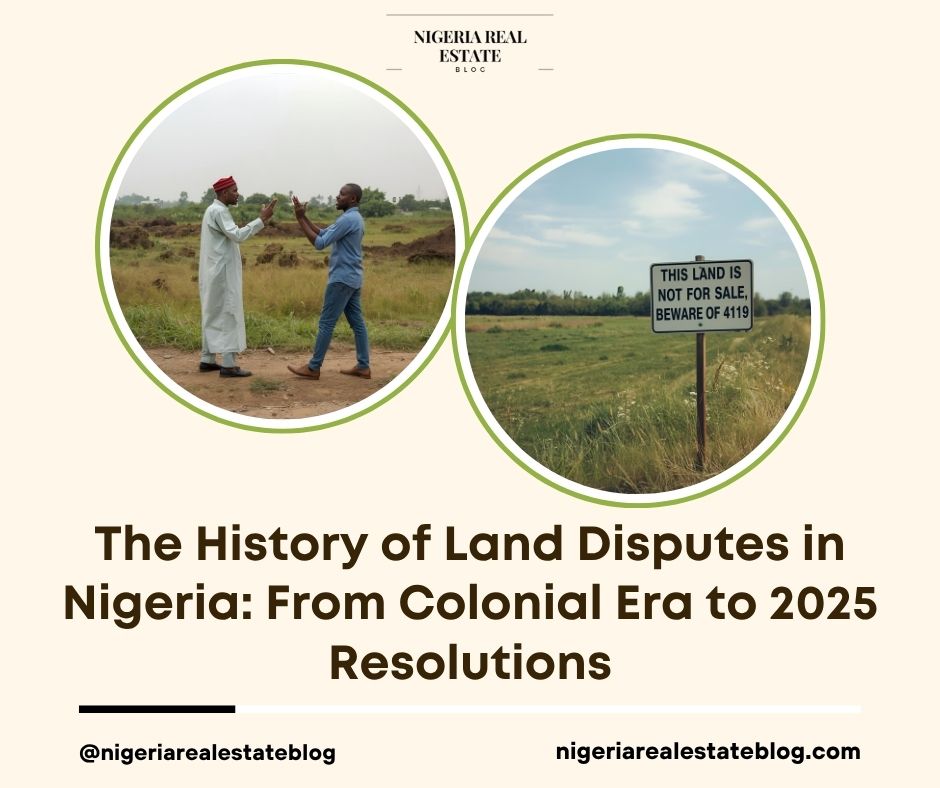
The History of Banana Island: How a Swamp Became Nigeria’s Most Expensive Neighborhood
Why It Matters
If you’ve ever wondered how a man-made island became Nigeria’s equivalent of Beverly Hills, this is your explainer.
Banana Island wasn’t always a billionaire’s playground. It was once a swampy, reclaimed parcel of land on the Ikoyi axis — and it took lawsuits, bold developers, and massive vision to turn it into what it is today.
The Origins: From Swamp to Strategy

-
In the late 1980s, the Lagos State government teamed up with City Property Development Ltd., owned by Lebanese-Nigerian tycoon Chagoury Group, to reclaim land off the coast of Ikoyi.
-
The design was shaped like a banana — hence the name.
Legal Drama: The Lawsuit That Changed Everything
-
Initially, Banana Island was supposed to be originally developed by Chief Adebayo Adeleke’s firm, IDEAL VENTURES, under a PPP with the Lagos Government.
-
But a fallout occurred, leading to a legal tussle between Adeleke and the Chagoury-backed firm.
-
After years in court, Chagoury Group retained rights to proceed with the project — but it reshaped Nigeria’s PPP laws around land use forever.
Building the Billionaire Island

By the early 2000s, construction kicked off — attracting embassies, tech CEOs, and oil executives. Features included:
-
Underground cables and drainage
-
Street lighting with solar backup
-
24/7 security and power supply
-
Access via Cable Bridge and proximity to Falomo, Ikoyi
Who Lives There Now?
-
Mike Adenuga (Globacom)
-
Sayyu Dantata (MRS Oil)
-
Linda Ikeji (blogger & media mogul)
-
Several foreign embassies and expatriate CEOs
🏘️ Property prices?
-
Plots start from ₦600M – ₦1.2B
-
5-bedroom duplexes go for ₦1.5B+
-
Annual rent ranges from ₦15M – ₦35M
Real Estate Impact

-
Banana Island raised the bar for luxury developments across Nigeria.
-
Inspired similar projects like Orange Island, Eko Atlantic, and Gracefield Island.
My Take
Banana Island is more than a postcode — it’s a legacy of legal tenacity, vision, and elite living. For investors and historians alike, it’s proof that transformation is possible when government, private capital, and bold vision align.


